How to make a classic house organ sound like Robin S.' Show Me Love
Next up in our guide to 15 synth patches every producer should know, we take on a defining sound in '90s house music

Over the coming weeks, we're publishing a series of tutorials that cover the most essential, bread-and-butter synth patches in every aspiring synthesist's arsenal: it's our guide to the 15 synth patches every producer should know. Today, we take on the instantly recognisable house organ sound.
The house organ sound has become a mainstay of club and pop tracks and is probably most famous for its appearance in club favourites such as Robin S.’s Show Me Love and pop hits such as Kylie Minogue’s Can’t Get You Out Of My Head.
Of course what’s interesting about these uses and countless others is that the sound is used for a bassline or riff rather than as a chord-based part.

The general consensus is that the original house organ sound was created using the Organ 2 preset from Korg’s ubiquitous M1 workstation. And if you check out Korg’s own M1 synth plugin there are plenty of suitable options including the Organ 2 preset. Nevertheless, it’s actually not that hard to create a similar sound using the tools you’ll find in many soft synths, as all you really need are a couple of oscillators and a noise generator.
Classic tracks that feature the house organ sound
1. Robin S. - Show Me Love
Is there a more iconic tune in dance music? Robin S.'s Show Me Love, released in 1990, laid down a blueprint for pumping, vocal-led house music to dominate the electronic music scene throughout the remainder of the decade.
The track's house organ sound, played by the Korg M1, carries an instantly recognisable syncopated melody that, in partnership with Robin S.'s impassioned vocal performance, helped to elevate Show Me Love to the status of timeless classic.
2. Kylie Minogue - Can't Get You Out Of My Head
Kylie Minogue's effervescent '00s pop music drew inspiration from the dance hits of the previous decade, while updating their aesthetic with an impactful, attention-grabbing production style that earned her global stardom.
Want all the hottest music and gear news, reviews, deals, features and more, direct to your inbox? Sign up here.
Perhaps her most famous single and a worldwide smash hit, the fittingly titled Can't Get You Out of My Head used a classic house organ sound to devastatingly catchy effect.
3. Beyoncé - Break My Soul
Beyoncé's Grammy-winning 2022 album Renaissance was heavily inspired by classic dance music, so it's no surprise that the lead single Break My Soul features the iconic house organ sound.
As far as we can tell, the bass in Break My Soul is played using the M1’s Organ 2 preset. It’s not entirely clear whether a direct sample has been used by Beyonce and her co-writers Terius Nash and Christopher Stewart, but Show Me Love writers Allen George and Fred McFarlane are also given credits, so the influence is evident.
How to make a house organ sound
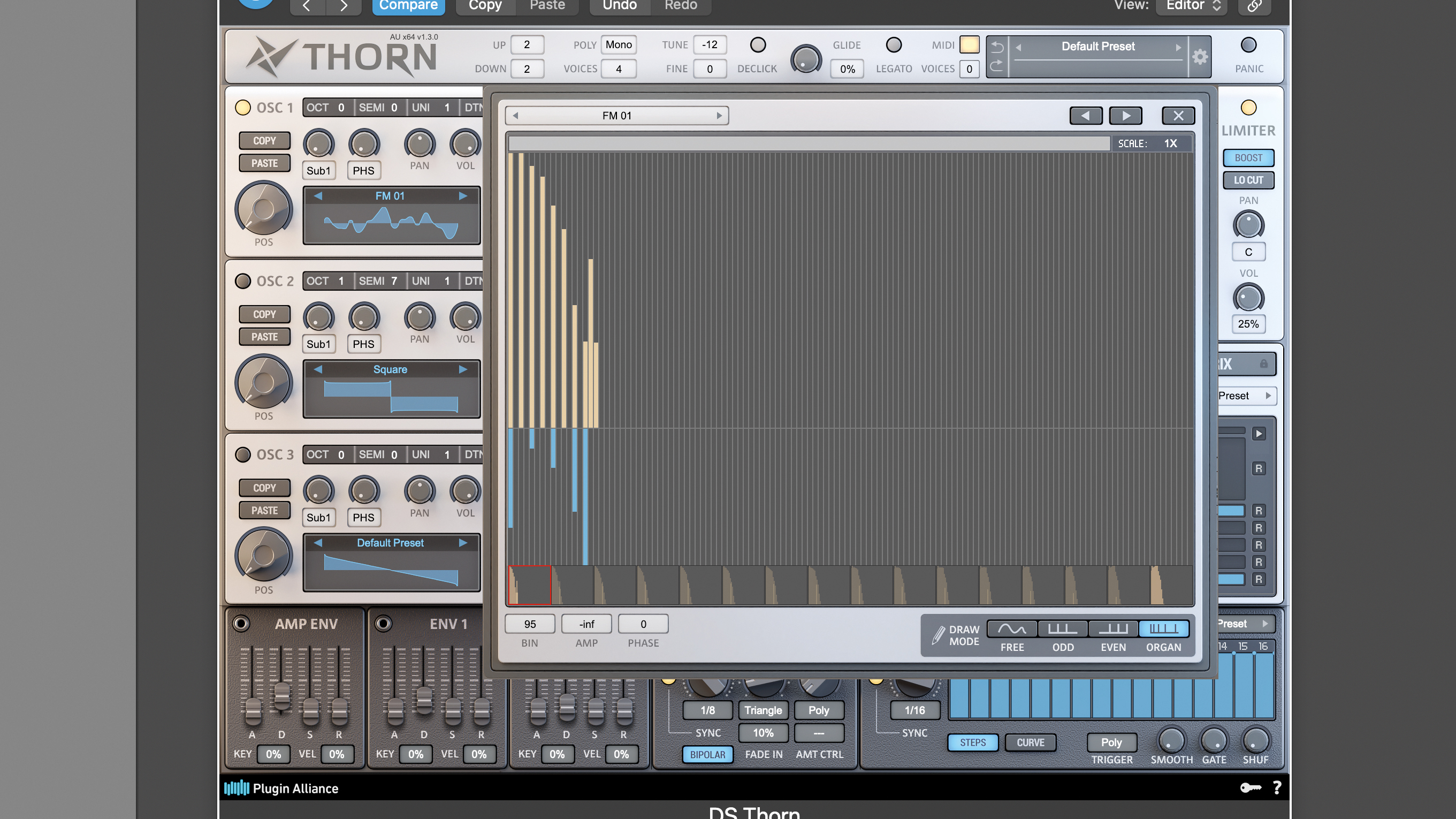
There are a number of ways to approach this sound. Plenty of soft synths allow you to modify core waveforms in an additive manner, choosing the harmonics you want. Or they simply have suitable organ-style oscillators.
However, here we’re using a more universal approach that combines two common waveforms, triangle and square, and creates the distinctive sound by setting a pitch offset of a fifth or 7 semitones for the higher sound.
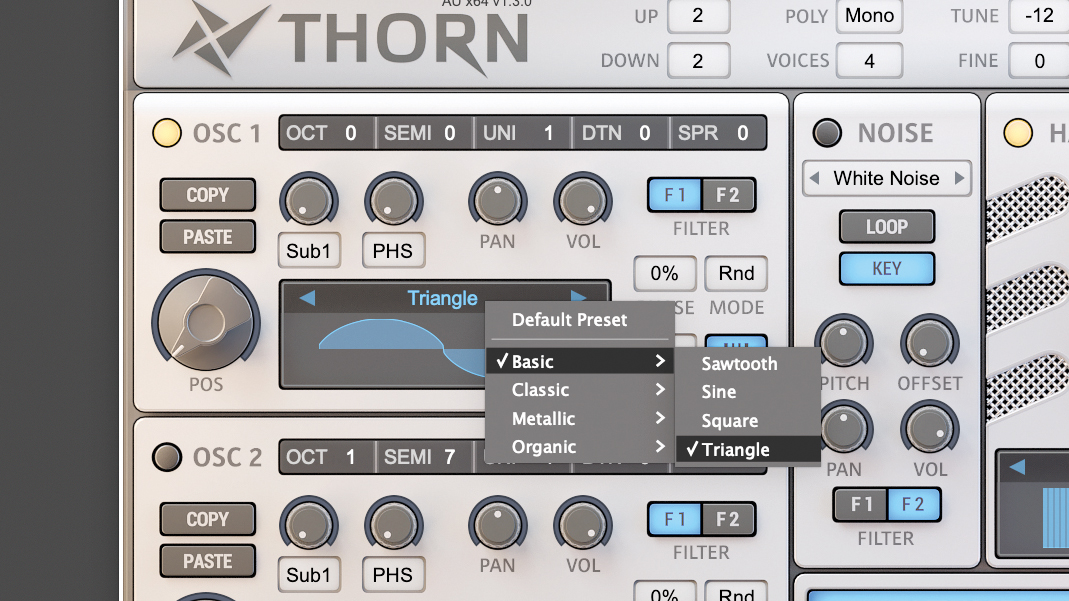
To get started, load up a suitable synth (we’re using Dmitry Sches Thorn) and initialise the preset. As we’re using this for bass, make sure the playback mode is set to monophonic.
Set the first oscillator to triangle shape. This will deliver the deeper bass component of the sound. At this stage you may also want to tailor the amplitude envelope. We’ve gone for a short envelope that’s perfectly suited to a punchy riff or bass part.
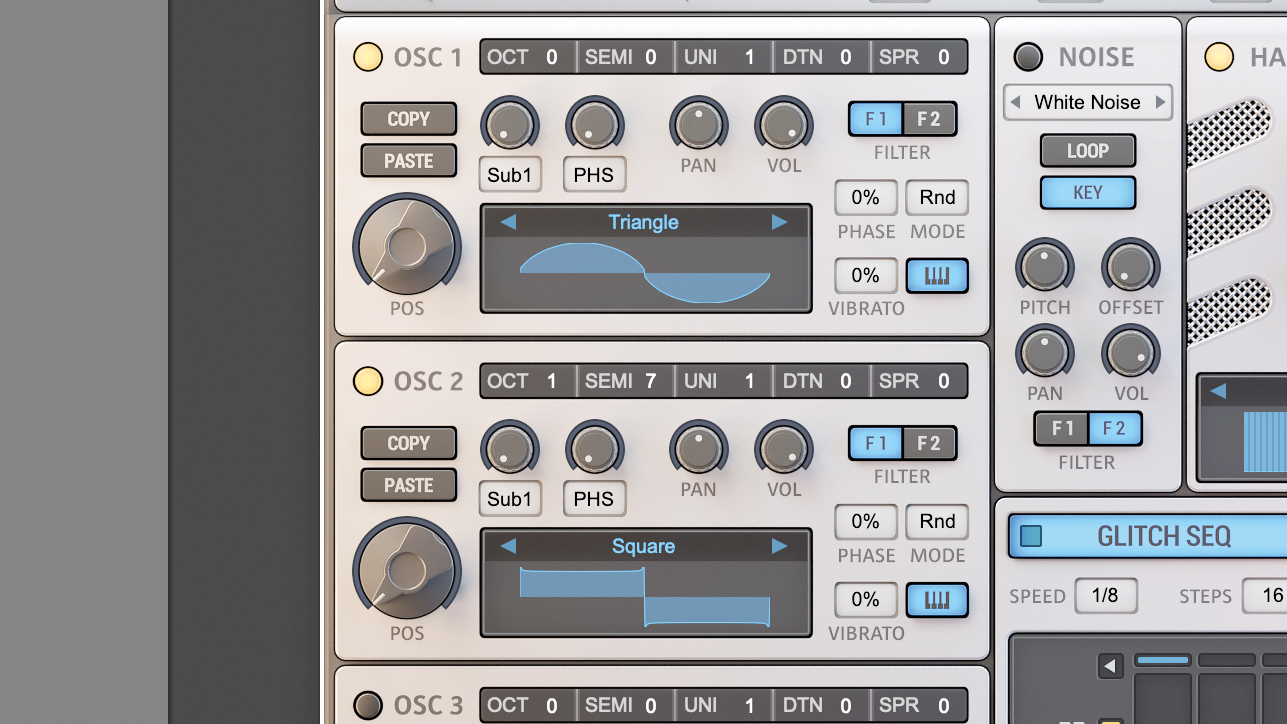
For the second oscillator select a square wave. This adds extra harmonics creating a bright sound. For the classic organ sound we need to offset this by a fifth or 7 semitones.
Here we’ve also added a whole octave to this oscillator so the overall offset is now plus 19 semitones. If you now play in the correct register for bass (we’re playing notes around C1 to C2) you can hear the sound taking shape.
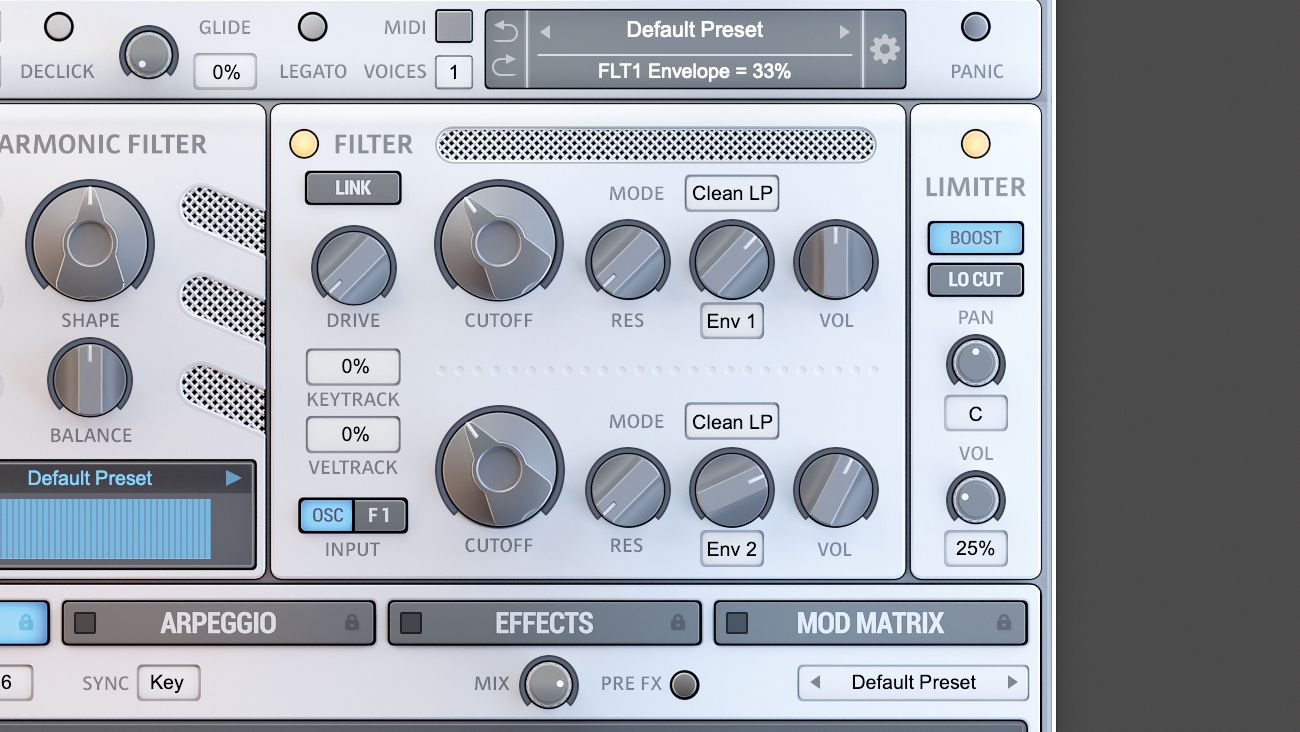
Although we love the harmonics, to achieve a more rounded bass sound we need to add a low-pass filter. We’ve chosen a 24dB/octave shape with no resonance, setting the cutoff to about 2.5kHz.
To emphasise the attack stage of the sound, apply an envelope to the filter cutoff. Here we’ve used Env 1 setting the decay to about 20% and the envelope amount to 40%. We’ve also finessed the filter cutoff to about 300Hz.
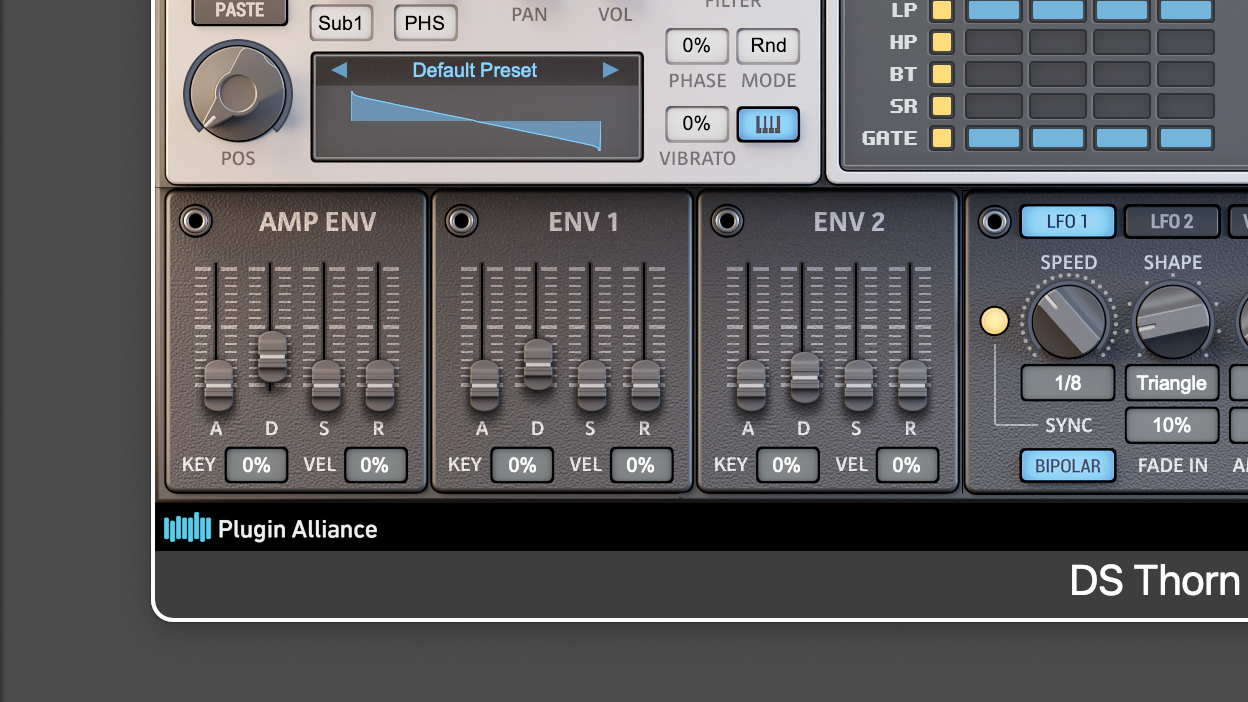
House organ sounds usually have a Hammond organ-style percussive attack and we can add this in various ways. If lucky, your synth may include percussive samples as oscillator options. If not, you can use the noise generator.
Here we’ve used white noise, routing it via our second envelope controlled low-pass filter. We’ve set filter Env 2 decay very short (9%) to create a clipped sound to blend with the main oscillators.
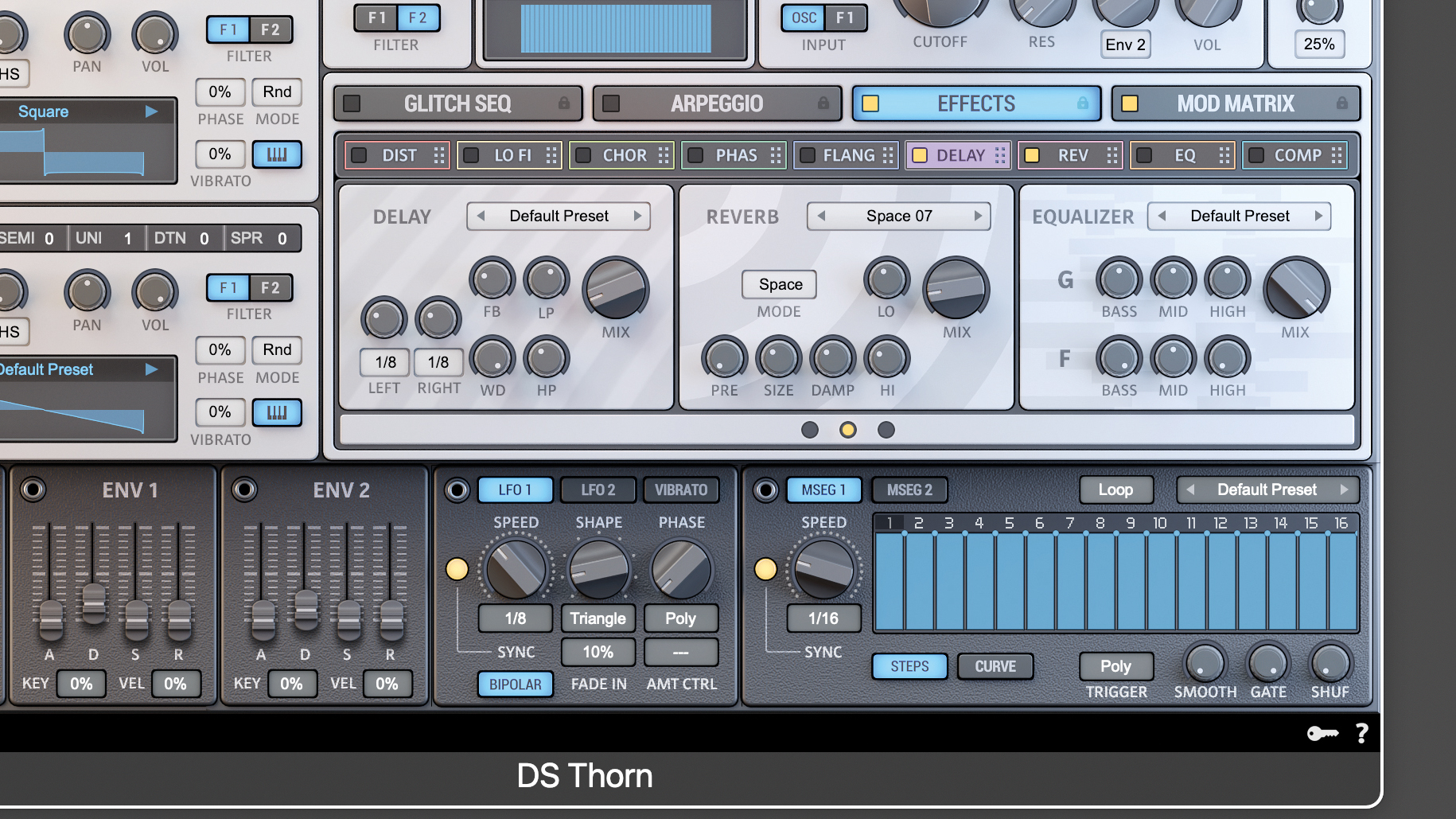
You should now have a pretty good sounding house organ sound. Be prepared to tweak filter cutoffs, envelope settings and oscillator levels to taste. Finally, this sound works particularly well with some reverb and delay.
We’ve used the synth’s onboard effects so they’ll be saved with the preset. Try adding a medium reverb and also a synced delay, setting the delay to 1/8th notes for a slappy-style effect.
I'm the Managing Editor of Music Technology at MusicRadar and former Editor-in-Chief of Future Music, Computer Music and Electronic Musician. I've been messing around with music tech in various forms for over two decades. I've also spent the last 10 years forgetting how to play guitar. Find me in the chillout room at raves complaining that it's past my bedtime.
- Matt MullenTech Editor